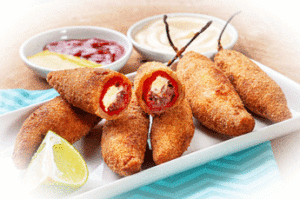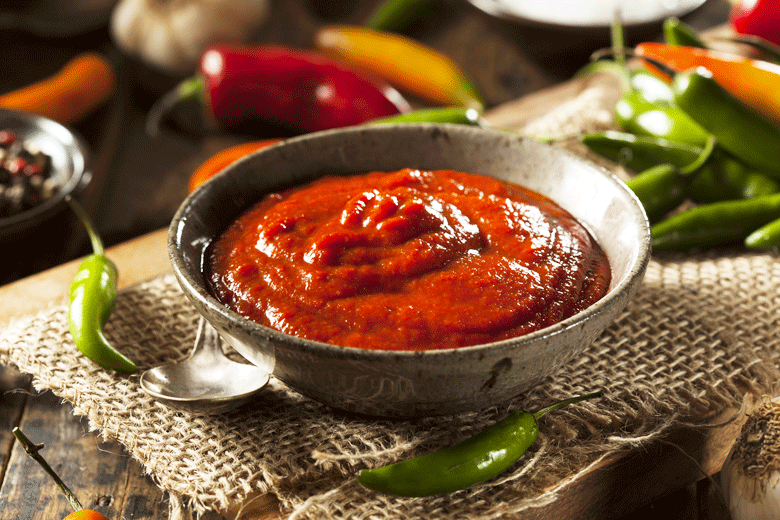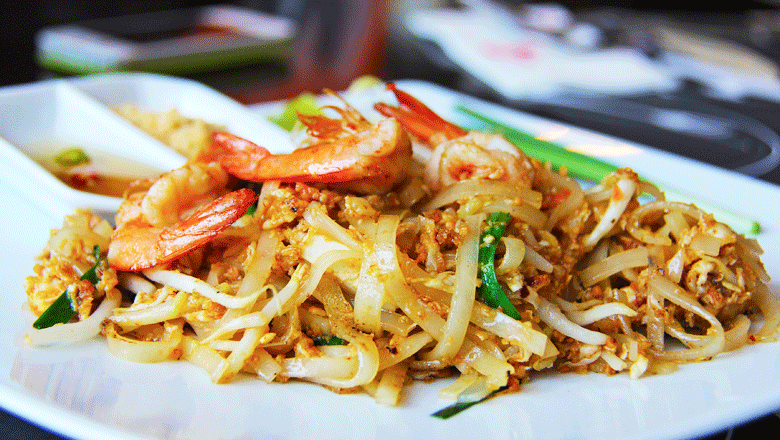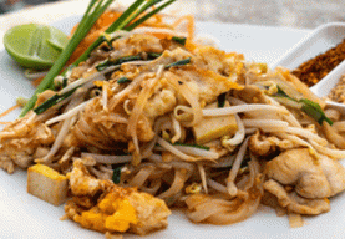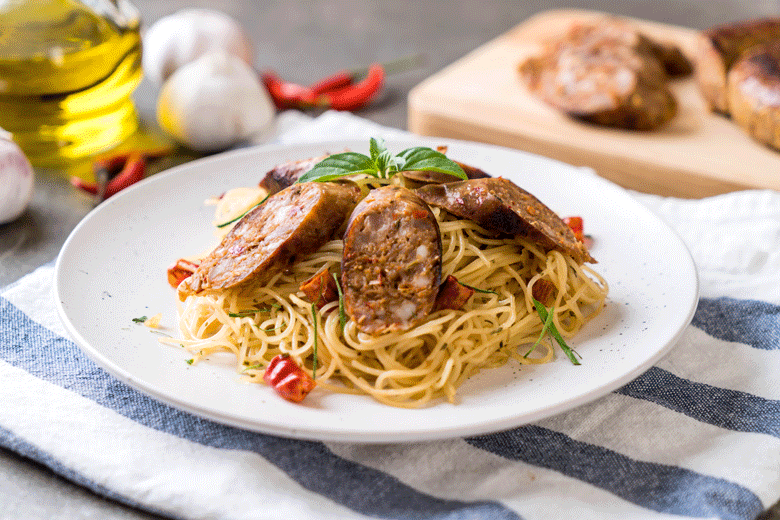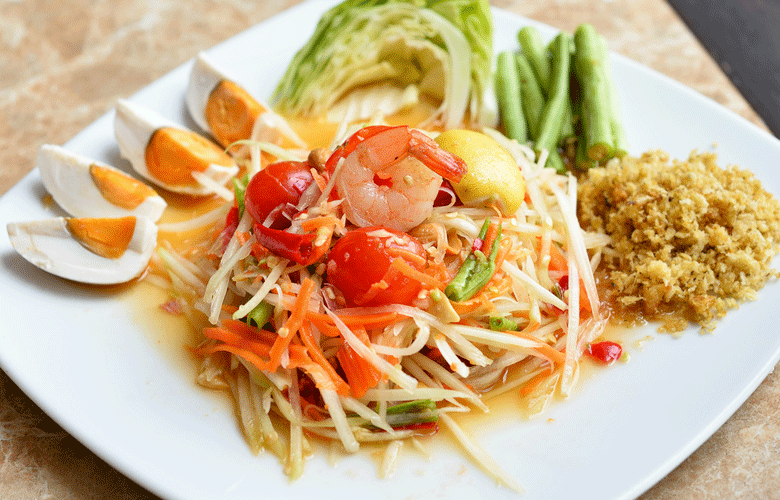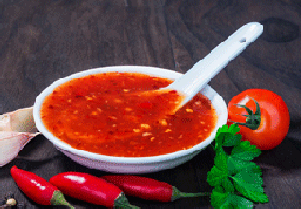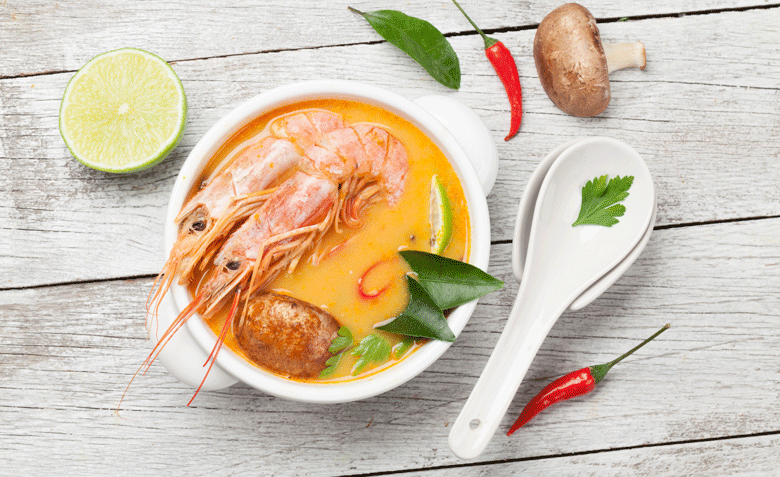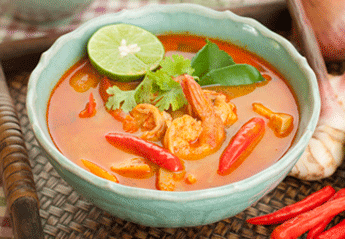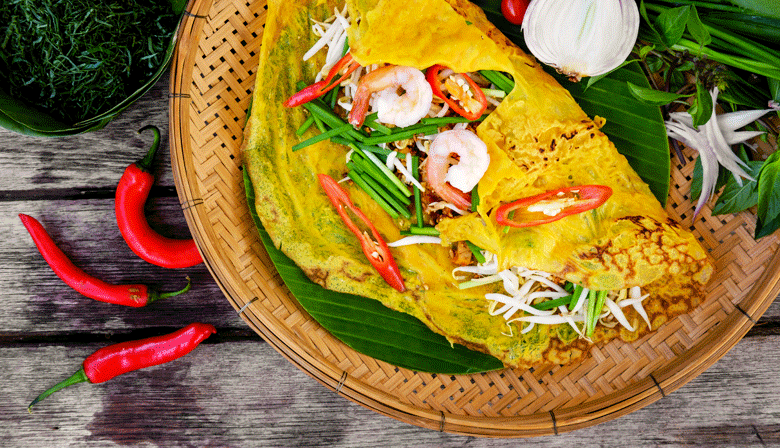Tasty and also healthy?
Are chillies just spicy in our food, or are they also good for us. Can they also be healthy? This interesting question asks if chillies are more than just adding flavour. It makes us wonder if they can also be good for our bodies. It’s like asking if chillies have a secret superpower. We all know they make our food taste fantastic with their spicy flavour. But could they also have some special benefits for our health? It’s worth finding out if there’s something extra special about chillies that goes beyond making our meals tasty.
For a long time, people have thought that chillies might be good for us. They have a special compound called capsaicin that researchers have studied a lot. Capsaicin is the compound found in the pith of Chillies that gives them their heat They’ve found that capsaicin might help with things like speeding up metabolism, helping with weight loss, keeping our hearts healthy, reducing pain, and even making us feel happier. But what does all this mean for our health?
Join me as I embark on an enlightening exploration into the realm of chillies and their potential impact on our overall well-being. Within the confines of this journey, we shall dig deep into the intricate nuances of these fiery fruits, pondering upon their multifaceted effects on our physical and mental health alike. As we travel through the corridors of nutritional science, we shall unravel how nutrients and special compounds that reside within these humble pods unlock vitality and vigour.



